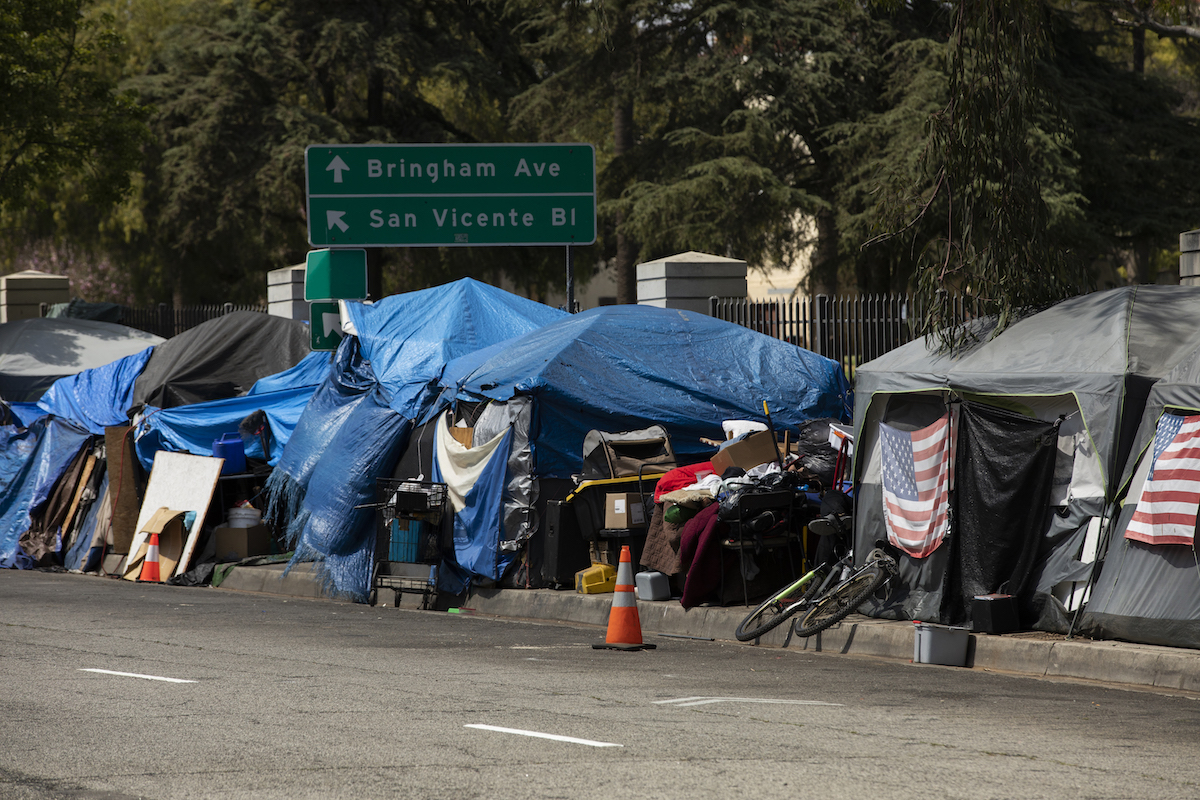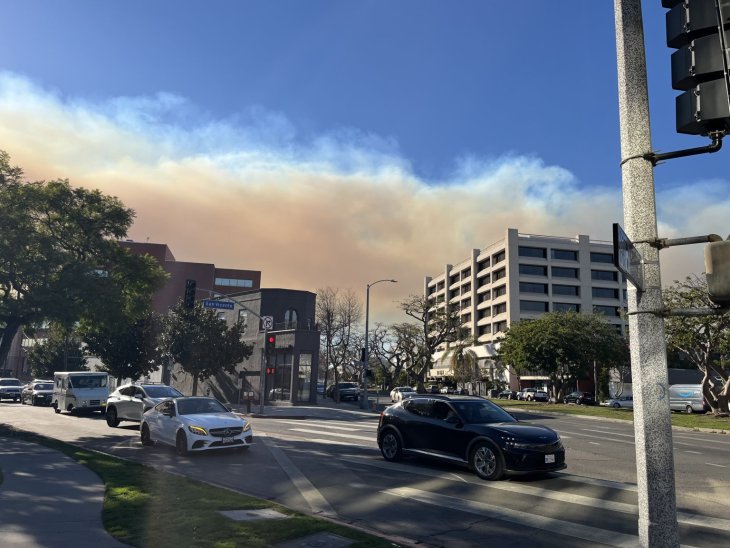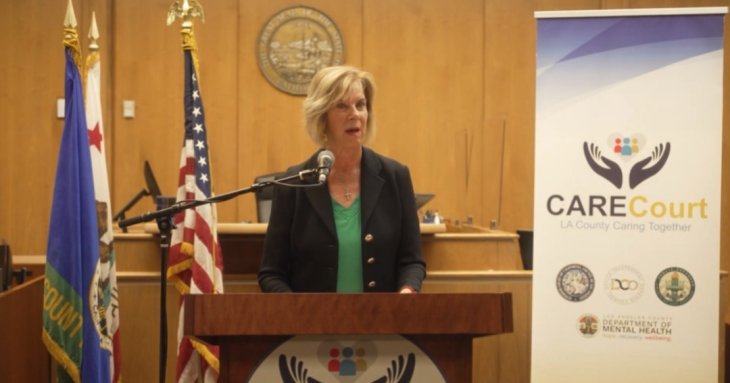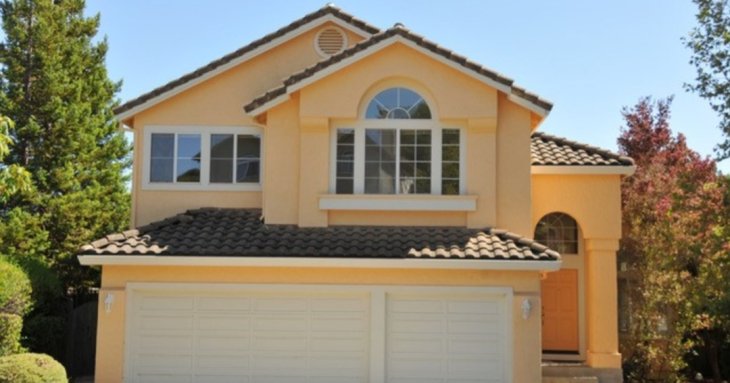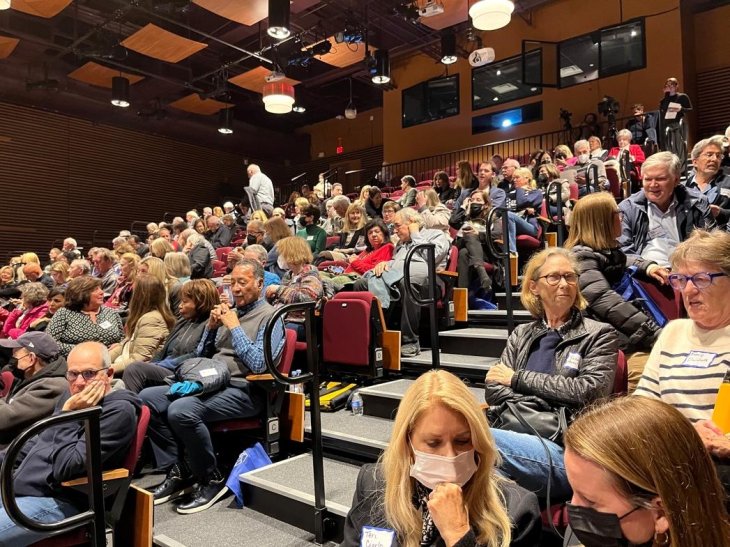
For some months now I’ve been involved in a lot of conversations about what to do about homelessness. One recurring theme I hear over and over again is “how complicated” this is.
Complication No. 1: Not all homeless individuals are alike. Some maybe just lost a job and just need a quick hand up; others have mental health issues but don’t do drugs (and can be rehabilitated with counseling); others do drugs (and need more serious rehab); some are so far gone they need permanent care.
Complication No. 2: There are lots of laws about what can and can’t be done to move homeless individuals out of encampments and into other forms of shelter. And then there’s the inconvenient fact there aren’t enough places to put the homeless, even if you could legally move them. And then there is the question of whether elected officials even want to enforce the laws or not. And some think the homeless have civil rights and should pretty much be able to live wherever they want and do whatever they want.
Complication No. 3: There are big debates about what’s the best and most affordable type of shelter – tent villages, tiny homes, shipping containers, big apartment buildings. Many say the reason the big permanent supportive housing units cost so much is because of all the red tape, regulations, consultants and other city- and county-required add-ons that can add 35% to the cost of a structure.
Complication No. 4: Finding funding for low-income/affordable housing that includes some units for homeless individuals is wildly complicated, with banks buying up tax credits and then using these credits to fund the projects. This is just one source of funding; there is usually a mix of public and private money, as well. It can take years to put together the money required to build housing. Developers find life much easier when they just build high-cost housing for high-income people. The money is there, the market is there, the headaches aren’t there.
Complication No. 5: Zoning laws make it really hard to build up the density that will be required to deal with the homelessness issue at scale. LA has a massive affordable housing crisis, not just a homelessness crisis (though the two are related). The availability of affordable land is obviously an issue and some parts of the city and county have more land than others. But if we could build higher, especially along transportation corridors, that helps contribute to the solution.
Complication No. 6: There are many governmental agencies involved in all this – federal, state, county and city. We have 88 cities in LA County, and different cities handle things different ways. Many of LA’s homeless arrive from other cities and states. It’s hard to take action that requires all these entities to agree.
Complication No. 7: And then we have politics. Different elected officials have very different points of view about what should or shouldn’t happen when it comes to dealing with homelessness. Politicians who want to stay in office have to pay attention to what their constituents want. It’s fair to say, most constituents don’t want a bunch of homeless individuals stashed in their neighborhood.
Complication No. 8: Where will the money come from? Homelessness is a big problem that’s going to require a big (expensive) solution. Do we just keep taxing ourselves and let the politicians continue with the $650K condos? Or is it time to try something else?
Complication No. 9: Lack of will power appears to be a real issue. It’s not clear our elected officials have the stomach to do something big enough and bold enough that will actually solve the problem. It’s easier, it seems, to live in denial and hope to be on to the next elected post before being held accountable for results.
Complication No. 10: It seems like the voters have finally had enough. This is a new development. But will this be enough to translate into new candidates, new elected officials and new approaches that will actually make a difference? Change is never easy.
As we look ahead, with an eye toward coming up with solutions, it seems like there should be general agreement on at least a few points:
- Spending $650K per permanent supportive housing unit is scandalous, unaffordable and takes way too long to build. The Prop HHH money will result in an estimated 5,700 units. What about the other 60,000 homeless individuals in LA County? I think the $650K condos will go down in history as one of the worst policy blunders of all time.
- Reasonable minds can debate whether there truly is a “pay to play” system in place (developers and others who make campaign contributions get awarded the contracts; one hand washes the other). Nobody is saying this system is currently illegal (though maybe it should be). But it’s hard to argue there isn’t at least the appearance of a conflict of interest. But we shouldn’t become anti-developer in this conversation; we need their help in order to solve this problem.
- Tiny homes, shipping containers, decent tents, shared apartments and other forms of small (and affordable) housing units are the way to go if we are to tackle this problem at scale, affordably, and in a reasonable time frame.
- Spreading out the homeless problem – and solution – equally across the city isn’t feasible. We simply don’t have the land on the Westside, and putting homeless individuals in parks or on the beaches robs all of LA of happy access to these amenities. We need to build villages for the homeless where the land is more readily available, which means other parts of LA. This isn’t a NIMBY statement; it’s just a reality statement.
- Many homeless individuals like living in their encampments. Many do drugs and are involved in bike theft and other crimes. Some get in fights and start fires. On the streets, they can panhandle, buy drugs, hang out – and remain free. Entering a more structured housing arrangement, to many homeless individuals, is like going to prison. If there isn’t some legal mechanism whereby we can force these individuals into alternative forms of housing – and that assumes such housing exists – there will always be a significant number of homeless living on our streets.
- Once everyone has a place to go, then we can legally ask them to leave the encampments – and then we can get back to building permanent supportive housing – or maybe not. If we do a good job of rehab, job training and the like, maybe quite a few of today’s homeless population can re-enter mainstream society and won’t need the more costly permanent supportive housing.
- It’s likely tiny home villages will become a way of life for many – for many years to come. But tiny homes beat the hell out of the street encampments. One guy at a Hope of the Valley tiny home village (up in San Fernando Valley) calls his tiny home his “Taj Mahal.” This idea that tiny homes or other comparable approaches aren’t “good enough” or “undignified” seems very wrong-headed to me. Leaving people on the streets year after year is what’s not good enough and truly undignified. It’s a sin, really.
- There cannot and should not be any entitlement to a $650K condo. Lots of everyday citizens live in places far less nice. This approach also isn’t fair to the homeless individuals left out on the streets. We will have spent $1.2 billion to solve a problem – and then failed to solve it.
If we can agree on the nature of the problem, that makes it easier to focus on actual solutions that might work. If you’d like to participate in this conversation, please get in touch: jeffhall@mirrormediagroupla.com.

